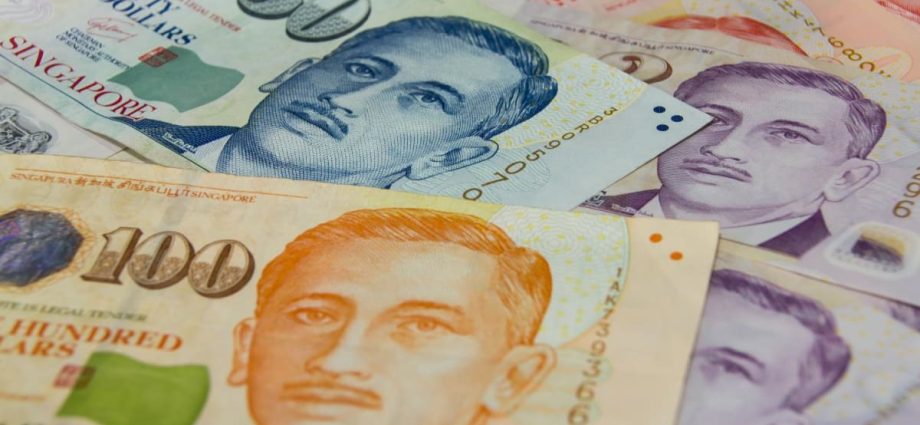
FOREIGN BANKS
Some foreign lenders have also lowered their fixed deposit interest rates.
“Given the recent market movements, we saw time deposit rates, especially those with longer tenors, to have fallen slightly compared to two months ago,” a HSBC spokesperson said, adding that there was still a strong take-up of time deposit offers.
For a minimum fixed deposit of S$30,000, HSBC was offering a rate of 3.75 per cent per annum for three-month deposits. It was also offering 3.55 per cent per annum for seven-month deposits and 3.1 per cent for 12-month deposits.
A spokesperson for Hong Leong Finance said that rates for fixed deposits have generally dropped slightly in the past two months, although its rates “remain competitive in line with the industry’s current rates”.
“At the back of an uncertain economic outlook, rates are likely to soften later in the year,” the spokesperson added.
It was offering a rate of 3.5 per cent per annum for 10-month fixed deposits of more than S$50,000.
In January, Malaysian bank CIMB offered interest rates of 4.15 per cent per annum for 12-month and 18-month fixed deposits and 4.05 per cent for nine-month deposits.
As of Friday, the interest rate for personal banking customers was 3.45 per cent per annum for a minimum six-month deposit of at least S$10,000.
Over the past two months at Maybank, some fixed deposit interest rates have dipped while others have remained steady.
It is offering 3.9 per cent per annum for 12-month fixed deposits and 3.6 per cent per annum for 18-month fixed deposits. These were the same rates offered for the same tenors in March.
Rates for 15-month and 24-month fixed deposits decreased during that time, from 3.8 per cent to 3.75 per cent for the former and from 3.3 per cent to 3 per cent for the latter.
Customers have to put in a minimum of S$20,000 and open a Maybank bank account with a deposit of at least S$2,000 for the 12-month rate.
A Maybank spokesperson highlighted the impact of US Federal Reserve interest rate hikes on interest rates in Singapore.
“Since (the second quarter of 2022), the US Fed has hiked interest rates from 0 per cent to 0.25 per cent to the current 4.75 per cent to 5 per cent range to manage growing inflation,” the spokesperson said.
“As Singapore dollar interest rates have a positive correlation to the US dollar, we can expect that if inflationary pressures recede, interest rates should soften, or even be lowered, even if there is a recession risk.”
In its last announcement in late March, the Fed raised interest rates by 25 basis points – its ninth straight rate hike.

